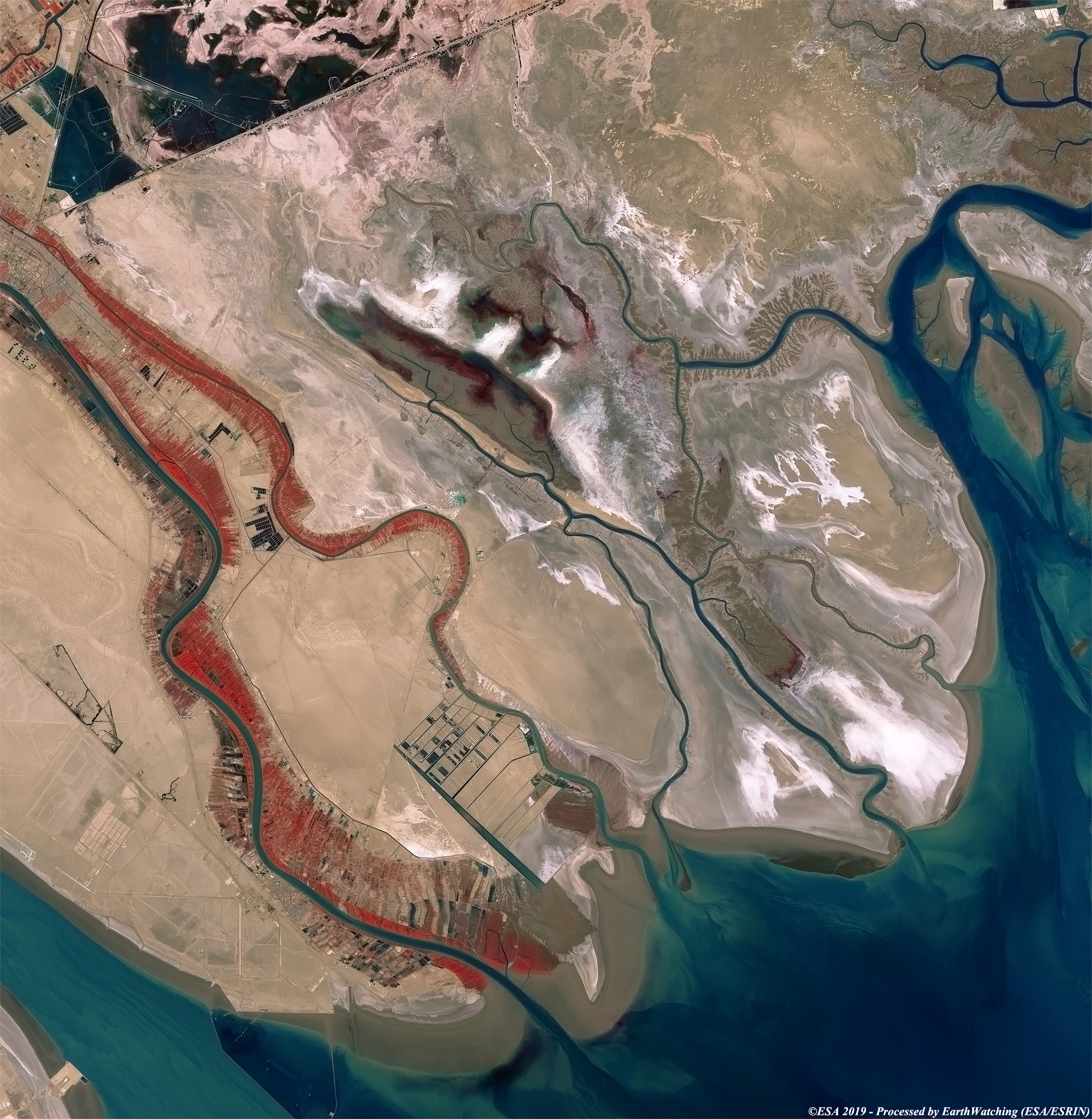The Garden of Eden is the biblical place that’s deeply ingrained in the imagination of Christianity and Judaism, but was it based on a real location? And if so, where?
First things first: we’re approaching this question from a rational standpoint. It’s clear that the Garden of Eden is steeped in symbolism and there are many aspects of the story that are not possible to understand from a rational standing (evidence of talking snakes is slim, for example).
That said, it’s not unreasonable to assume that this mythological garden was based on an actual location.
Where is the Garden of Eden located?
The location of Eden is said to be where people were first created. The first two humans, a butt-naked pair named Adam and Eve, innocently roamed this paradise until a sneaky serpent and a forbidden fruit landed them (and thereby all humanity) in deep trouble. This narrative is said to symbolize how humans fell from a position of childlike innocence and bliss towards a state defined by free will and knowledge, as well as evil and death.
As for the garden’s location, it is described in Genesis 2:10–14 as so: “And a river went out of Eden to water the garden; and from thence it was parted, and became four heads.”
It continues: “The name of the first is Pishon; that is it which compasseth the whole land of Havilah, where there is gold; and the gold of that land is good; there is bdellium and the onyx stone. And the name of the second river is Gihon; the same is it that compasseth the whole land of Cush. And the name of the third river is Tigris; that is it which goeth toward the east of Asshur. And the fourth river is the Euphrates.”
The key here is that it was located where four rivers meet. We also know two of these rivers today: the Tigris and Euphrates, which start in Turkey before flowing through Syria and Iraq and emptying in the Persian Gulf.
In southern Iraq, the Euphrates joins the Tigris to become the Shatt Al-Arab, which then flows into the Persian Gulf. Image credit: Sentinel–2/ESA
However, it’s unclear what the names Pishon and Gihon are referring to. Over the centuries, some theologians have speculated that they might refer to the Ganges in India and the Nile in Egypt, although others have noted that this would entail a vast portion of the Earth.
John Calvin, the 16th-century theologian known for his role in the Protestant Reformation wrote: “Many think that Pison and Gihon are the Ganges and the Nile; the error, however, of these men is abundantly refuted by the distance of the positions of these rivers. Persons are not wanting who fly across even to the Danube; as if indeed the habitation of one man stretched itself from the most remote part of Asia to the extremity of Europe.”
Nevertheless, based on the mention of the Tigris and Euphrates, we can assume that the Garden of Eden drew some inspiration from an area in Iraq and Iran where these two rivers meet near the Persian Gulf. In particular, there’s a river on the Iran-Iraq border called Shatt Al-Arab that is formed at the confluence of the Euphrates and Tigris rivers.
Shatt Al-Arab, pictured here, constitutes the Iran–Iraq border. Image credit: Homo Cosmicos/Shutterstock.com
Where is the Garden of Eden in Africa?
On a more scientific jaunt: if we are to believe that the Garden of Eden symbolizes the origins of humans then we undoubtedly have to turn our heads to Africa.
The so-called Cradle of Humankind can be found in South Africa around 50 kilometers (31 miles) northwest of Johannesburg. This site is home to the largest concentration of human ancestral remains anywhere in the world. Among the thousands of fossils found here, researchers have unearthed the remains of Australopithecus, an early ape-like human species dated to around 3.4 to 3.7 million years old.
It wasn’t until 200,00 to 300,000 years ago that modern Homo sapiens evolved. Once again, Africa was the location of this development, with modern humans most likely first emerging somewhere around modern-day Ethiopia.
So, if we’re looking for a scientific Garden of Eden, it looks like South Africa and Ethiopia are our best bet. Whether these sites were once home to a paradise where four rivers once met remains to be seen, however.
Source Link: Where Is The Garden Of Eden? And Where Would It Be Located Today?
